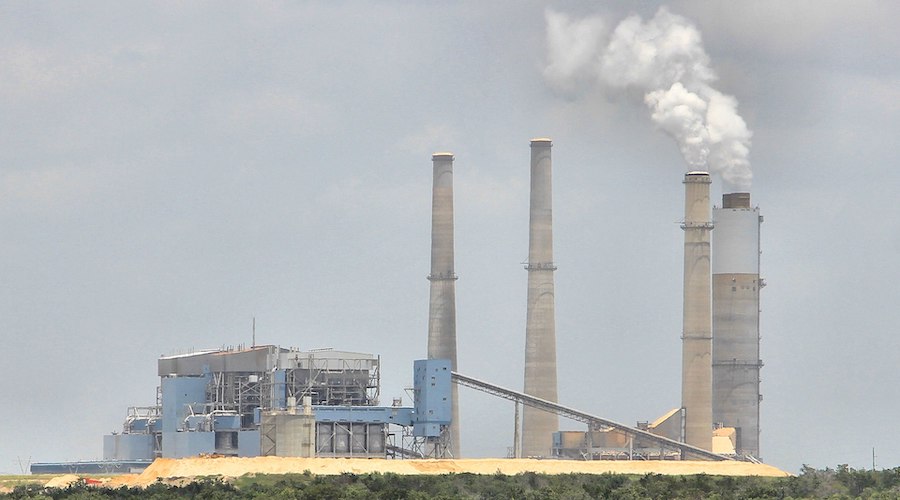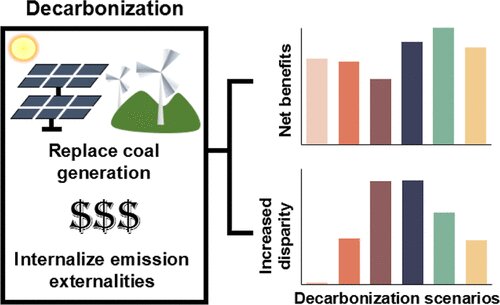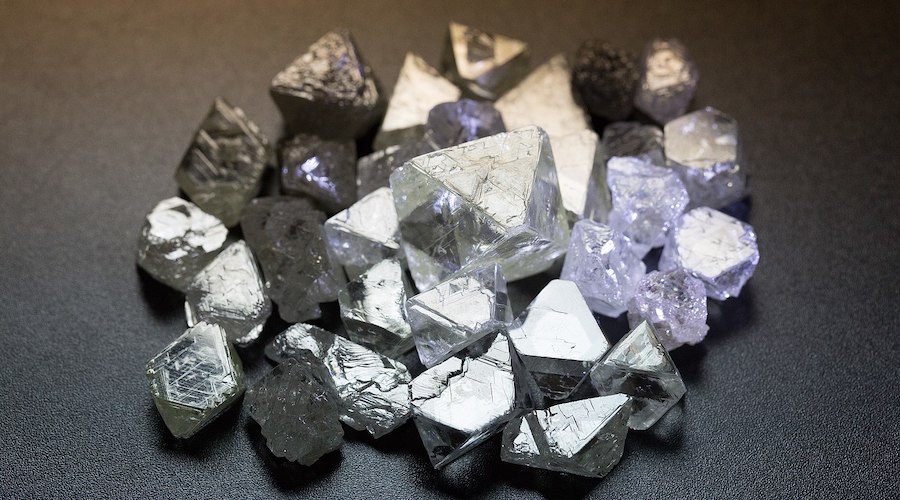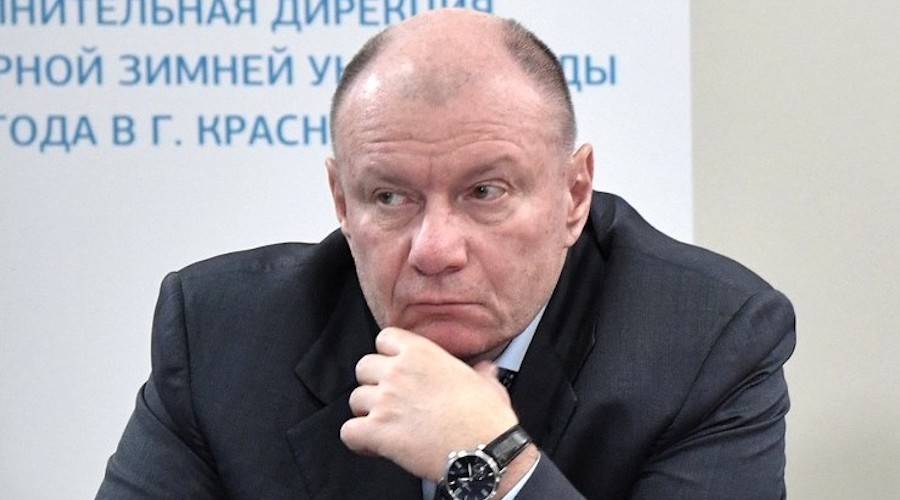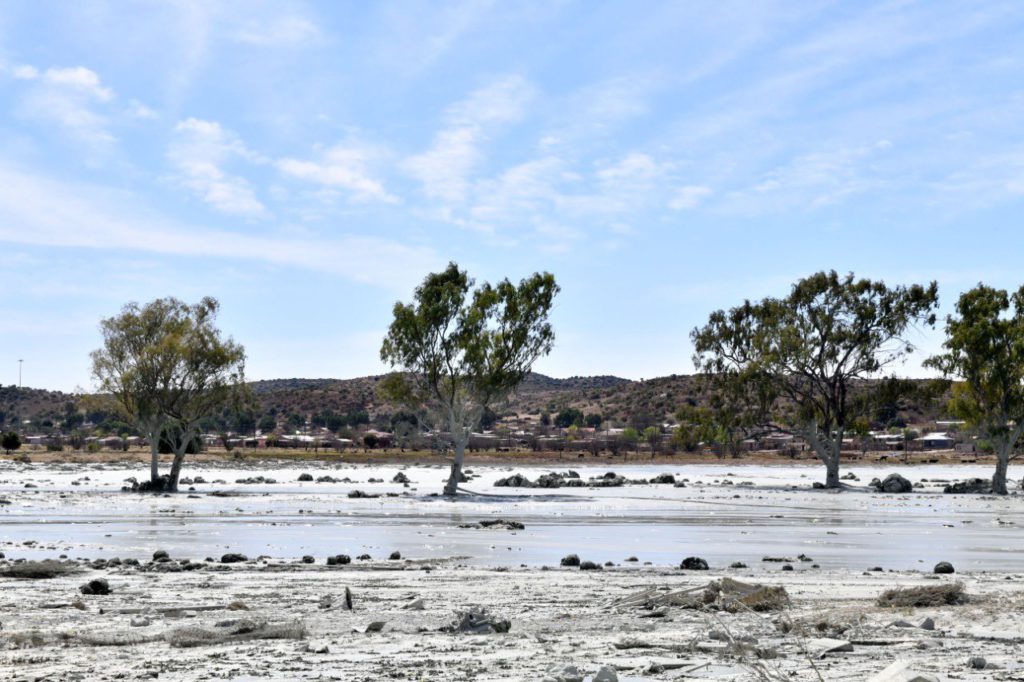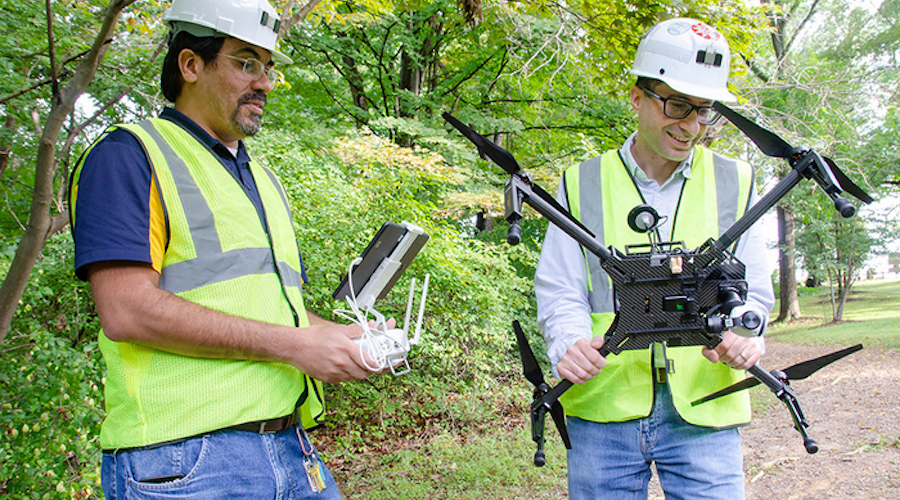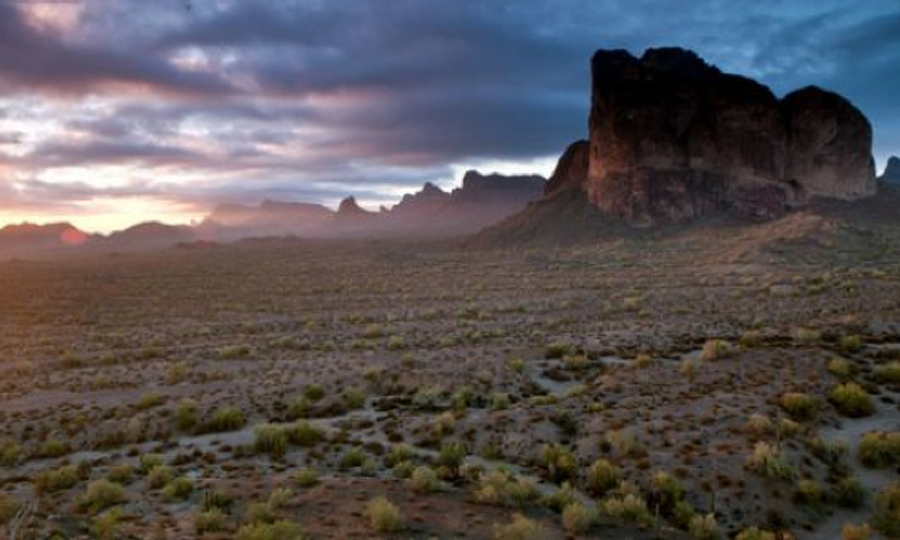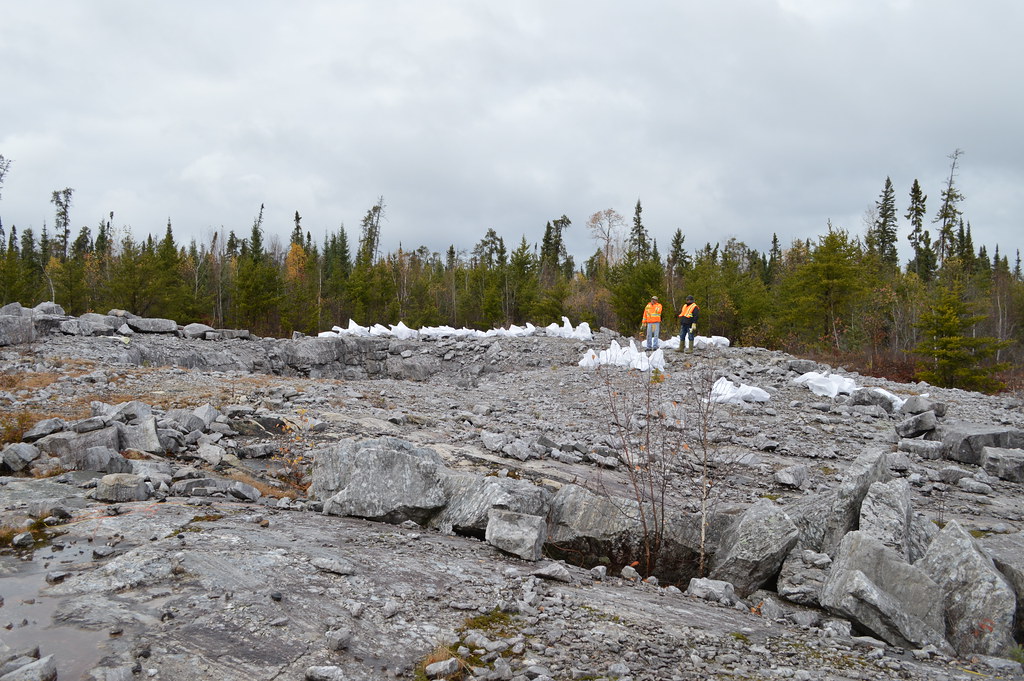Valentina Ruiz Leotaud |
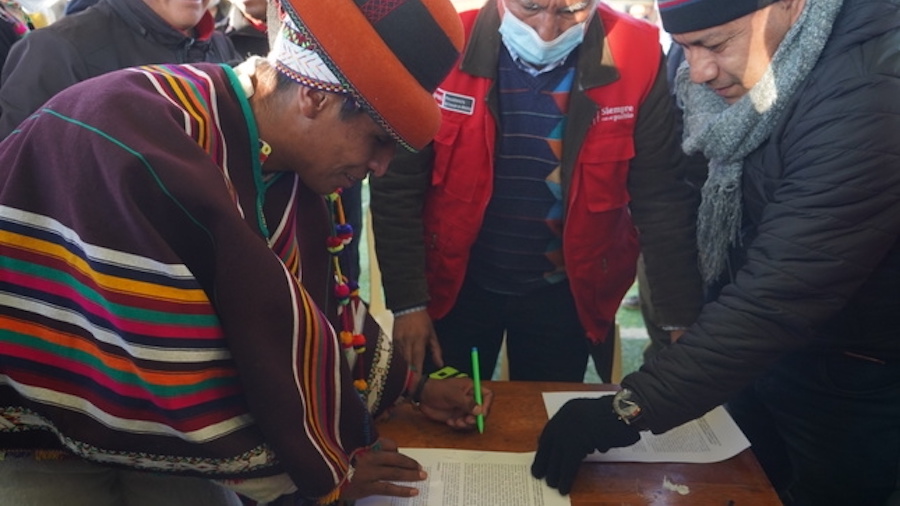
The working group was created following the signing of a 30-day truce between the Indigenous communities of the Cotabambas province, the Peruvian government and Las Bambas, pictured here. (Image by the Presidency of the Ministers’ Council).
The Peruvian government, until December 31, 2022, the expiration date of the working group tasked with assessing and guaranteeing compliance with the agreements signed between the government, Las Bambas representatives and the communities of Fuerabamba, Chila, Choaquere, Chuicuni, Pumamarca and Huancuire located in the south-central Apurimac department.

Following a modification of a previous decision, the expanded timeline was settled in ministerial resolution 252-2022-PCM, which was made public over the weekend in the official gazette El Peruano.
The working group was established through a series of agreements signed in mid-June, following a blockade that forced Chinese miner MMG to halt operations at its flagship mine for more than 50 days, the longest in Las Bambas history.
The protest was started in mid-April by the communities of Fuerabamba and Huancuire, who say the mining company had not honoured all of its commitments to them. Both communities sold land to the company to make way for the mine, which opened in 2016.
The Chila, Choaquere, Chuicuni and Pumamarca communities joined later and all six of them are now part of the working group, which operates under the umbrella of the Presidency of the Ministers’ Council (PCM) and was supposed to be active only until September 18, 2022, two months after it was created.
However, according to the Secretariat of Social Management and Dialogue, even though there is a set schedule for the fulfillment of the commitments agreed upon between all the parties and six working subgroups have been installed to deal with each intervening community, “to date, it has not been possible to implement all of the agreements signed on June 9, 2022.”
Following the new December deadline, the group has 30 days to present a final report to the PCM.
The entire conflict has led to a 60% output drop for MMG, which was forced to suspend its copper production targets for the year.
Peru is the world’s no. 2 copper producer and Las Bambas is one of the world’s largest producers of the red metal, accounting for 1% of the Andean country’s gross domestic product.
